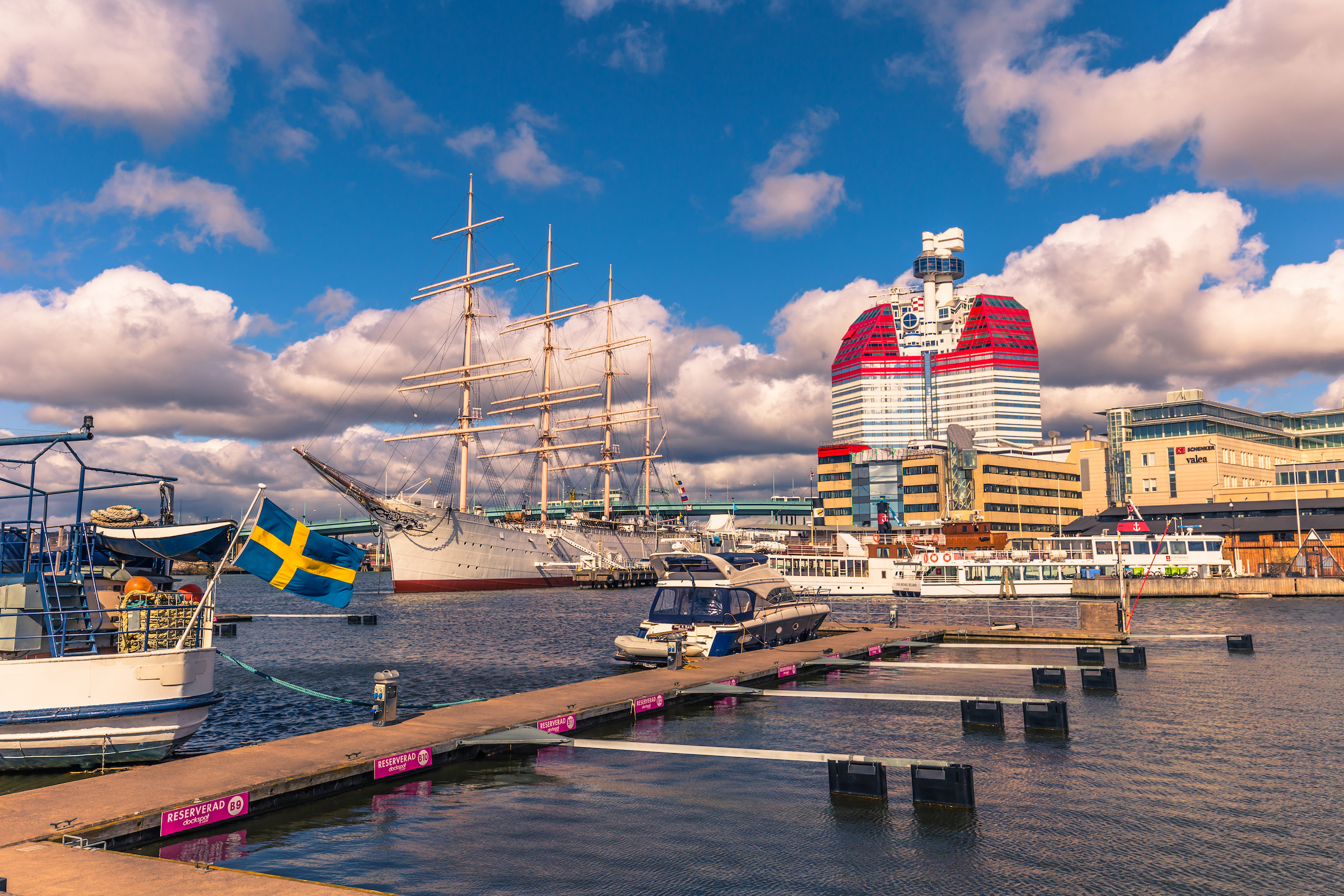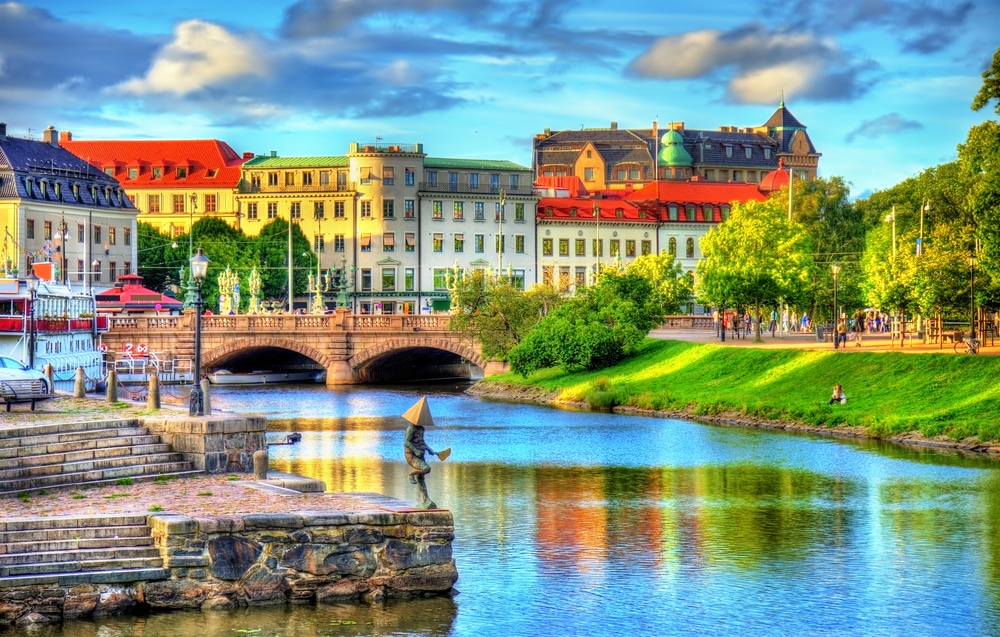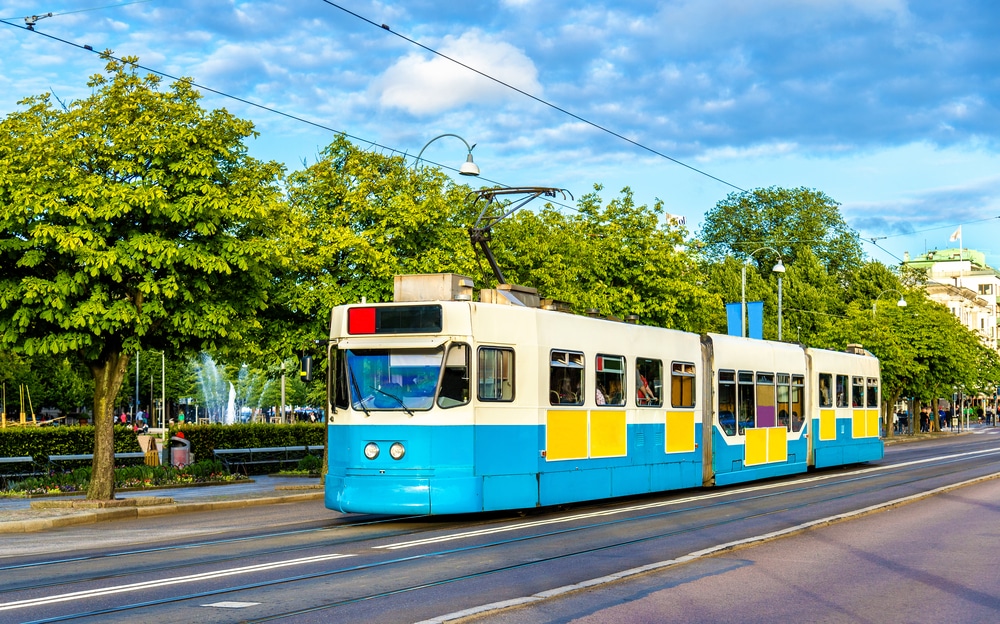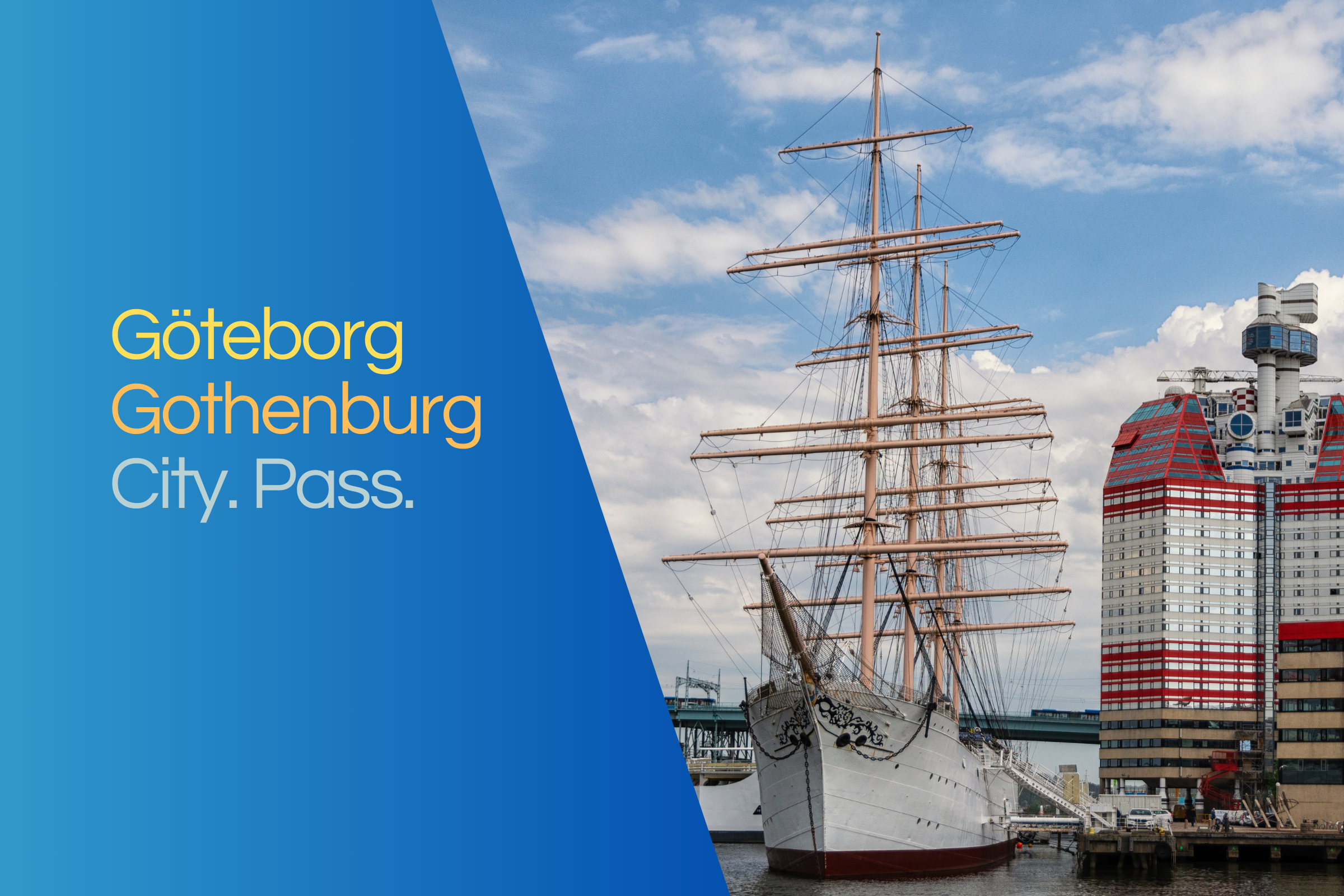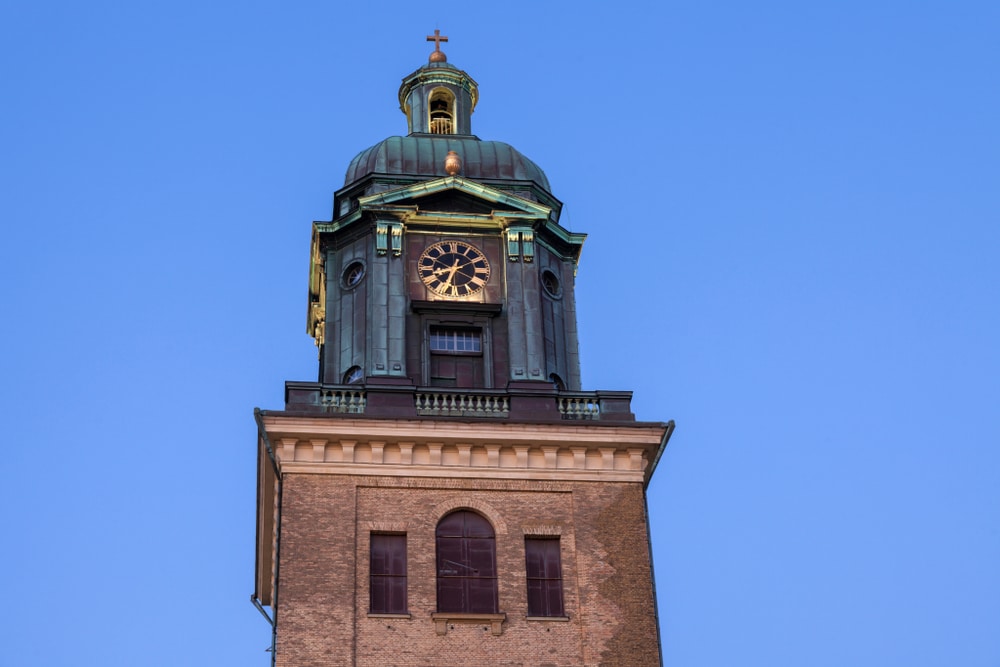- Home ›
- Sweden ›
- Gothenburg
Studying in Gothenburg

Gothenburg University, founded in 1891, and Chalmers Tekniska högskola, founded in 1829, now have over 36,000 full-time students from home and abroad. Both universities regularly occupy top positions in international rankings.
The city's educational facilities are of an exceptionally high technical standard, as is the case throughout Sweden. Students receive individual support; both university and student contact persons are available for questions and problems. Especially in the economic and technological field, the city and its educational institutions clearly benefit from its attraction as Sweden's economic and commercial metropolis.
Gothenburg: location, travel and transport
Gothenburg's location on the Göta älv River in the northern part of Sweden's west coast made the city an early link in the Swedish empire. Across the Skagerrak lies the twin city of Aarhus; to the north there are ferry connections to Oslo and Bergen. To the south, Gothenburg is connected to Kiel by a direct route; if you prefer a longer overland route, you can drive to Frederikshavn in Denmark and then take the ferry. As the ferry connections are very popular, especially during the holiday season, it is worth booking the crossing properly (for example, via the search portal AFerry Ltd.).
Of course, Gothenburg has an international airport: Landvetter; the second airport Säve (also self-confidently called Gothenburg City Airport) was closed to passenger planes a few years ago. The city is also easy to reach by train and bus - from Berlin and Rostock even with direct connections. The main railway station and the Nils Ericsson Terminal for buses are located in the city centre.
In Gothenburg itself, a car is more of a hindrance than a convenience, parking spaces are scarce and large parts of the city centre are closed to private car traffic anyway. However, if a car is needed, there are car sharing rentals in Gothenburg. Distances are easily accessible on foot or by bicycle; the Styr&ställ rental bike system is well developed. There is also a well-developed tram network with twelve lines. For connections to the suburbs, there are bus lines and commuter trains(pendeltåg) comparable to the S-Bahn. Gothenburg's public transport is part of Västtrafik AB, which carries 400,000 passengers a day in western Götaland.
Living in Gothenburg
The housing situation is tight, as in all major Swedish cities. Those who come to the university through an exchange program are automatically provided with a room, all others should try to find accommodation as early as possible. On the free housing market, rooms can occasionally be found for subletting or in shared flats; however, the exchange student has a better chance with the Stiftelsen Göteborgs Studentbostäder. The foundation exists since 1951 and is run as a business by the united student organisations of Gothenburg, the university as well as the city, but in contrast to housing companies, it is not primarily profit-oriented. When moving in, you must have an admission to the university or Chalmers Tekniska högskola and valid identification. Students who start their studies in the autumn semester (beginning in late August/early September) may take up their place from June; students who start their studies in January may move in in December. The achievement of minimum academic performance (15 points per semester minimum) is checked regularly. It may also be worth looking at Boplats Gothenburg, the general housing agency for the greater Gothenburg area.
There is no possibility of finding a room through the student nations in Gothenburg, as the city is too young for the kind of student traditions that characterise life in the old university towns of Lund and Uppsala.
Student life and culture in Gothenburg
The Studentkår in Sweden are roughly equivalent to the German Studentenschaften; they are student councils with wide-ranging powers that can form alliances among themselves, but also compete with each other. Membership is also compulsory for visiting students; it is only through this that you can obtain student and library cards and enjoy discounts, for example on cultural or gastronomic offers.
There are four groups at the University of Gothenburg: Göta Studentkår for all students and postgraduates in the humanities and social sciences, including education, natural sciences and computer science; Konstkåren for the Faculty of Arts; Sahlgrenska akademins studentkår SAKS for students and postgraduates at Sahlgren's Academy (the university's medical faculty); and the studentkår at Handelshögskolan, where management, economics and law are studied. Chalmers studentkår is the student representation at Chalmers tekniska högskola.
The studentkår advise undergraduate and postgraduate students, help with problems and are the contact for everything that can be related to studying in Sweden. They also organise events, run restaurants and pubs and offer various sports and cultural clubs. These favourable opportunities are necessary because life in Sweden is more expensive than in Germany. Food and services in particular are a heavy burden on student finances. Social life at the universities is largely shaped by the activities of the studentkår.
The membership card serves not only as an identity card, but also as a means of payment in the quasi-cash-free university buildings and facilities. To do this, the card is topped up with an amount online or at a vending machine, which can then be used for meals, fee payments and the like.
In contrast to other places, the Studentkår in Gothenburg do not assist in the search for accommodation, this is done exclusively privately or via the portals mentioned.
The University of Gothenburg does not have a closed campus, rather the buildings are spread throughout the city centre. This means that students liven up the city and come into contact with the locals more easily. As everywhere in Sweden, English is spoken very well in Gothenburg. However, even those who are placed in one of the internationally oriented English-language study programmes should make the effort to learn the most common vocabulary and phrases of the Swedish language in an introductory course. Getting used to a foreign country and its customs will then be much easier, and you won't have to rely on everyone else switching to a foreign language out of politeness.
So if you like, you can stroll between lectures and seminars over the representative Gustav Adolfs torg or through the historical district Haga and have a coffee or, if the weather is good, meet your work group at one of the numerous canals in the green areas. In the warm season, the archipelago is a tempting place for excursions into the Kattegat, while in winter you can visit museums such as the Art Museum and the Art Hall or the concert hall where the world-famous Gothenburg Symphony Orchestra plays. The city also hosts Bok & Bibliotek, Scandinavia's largest annual book fair, the Gothenburg International Film Festival and numerous metal concerts.
Gothenburg is an ideal mix of lively metropolis and Swedish way of life. Due to its centuries-old tradition in dealing with foreigners, there are few reservations towards them, but rather openness and accommodation. It is therefore easy for students in particular to make contact with each other and with the locals. The city's rich cultural life offers something for everyone; its limited size ensures that you can always find a quiet retreat despite the internationality and bustle. Nowhere is far from nature, which here offers the diverse archipelago, but also forests in the north and the idyllic hinterland around the Göta älv.
